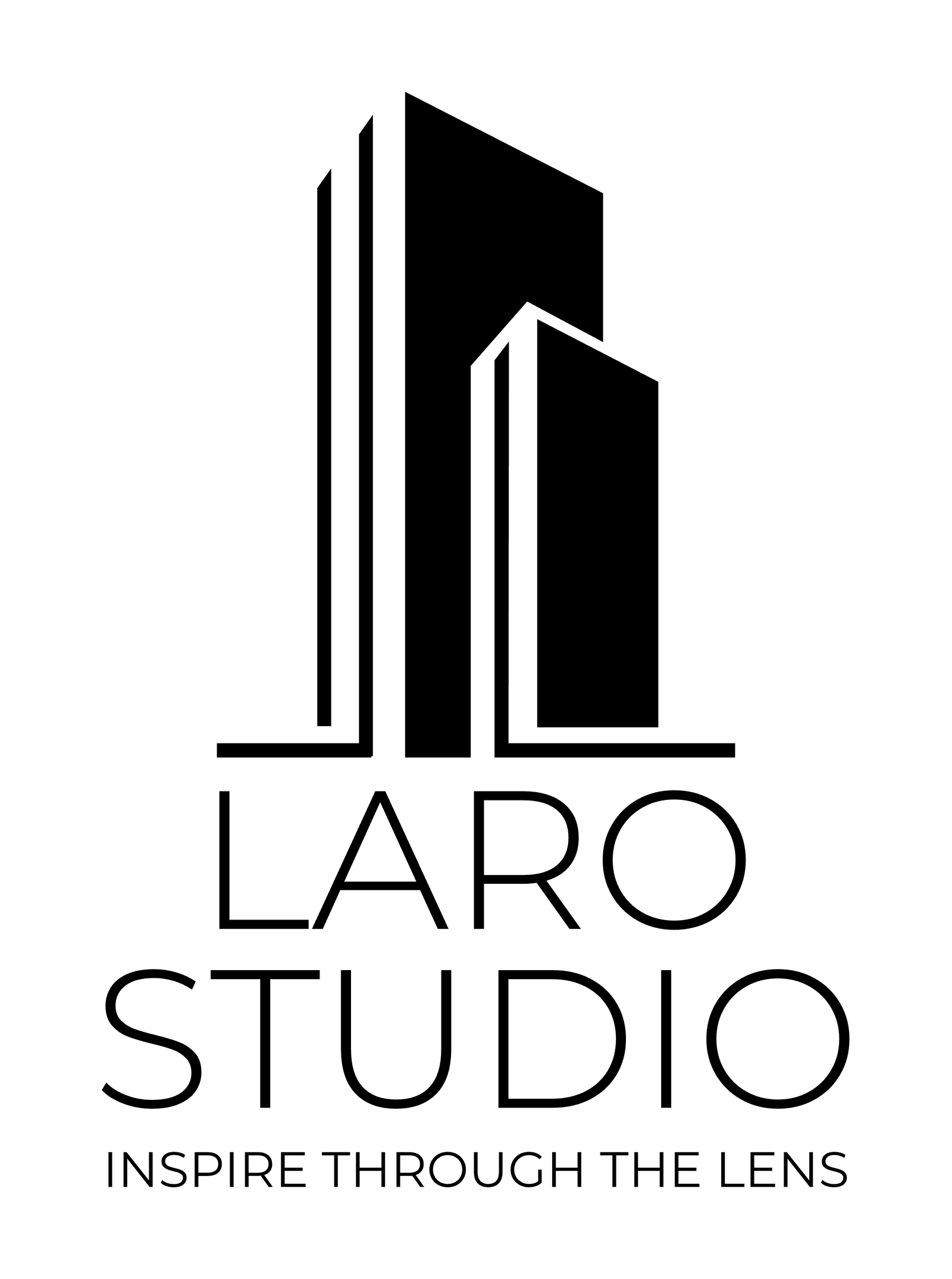Virtual Tours vs. 3D Tours: A Comprehensive Overview
While “virtual tours” and “3D tours” are often used interchangeably, they represent distinct concepts that differ significantly in terms of interactivity, immersion, and the underlying technologies employed. Here’s an elaborate comparison of the two:
Virtual Tour
– Description: A virtual tour is a captivating collection of images or videos that transports users into a space from afar. This experience often features stunning 360-degree panoramic photographs, which can be seamlessly stitched together to create an engaging navigable environment.
– Technology: These tours rely predominantly on 360-degree imagery, which can be effortlessly accessed on various devices, including computers, tablets, and smartphones.
– Interactivity: Users enjoy a degree of control by clicking or tapping to transition between different “scenes” or segments of the space. However, this navigation is generally restricted to predetermined viewpoints, offering a more structured exploration experience.
– Experience: While virtual tours deliver a vivid representation of a place, they typically lack the depth of interaction and spatial engagement, resulting in a somewhat flat interaction compared to living in the space.
– Use Cases: They are widely utilized in sectors such as real estate, hospitality, tourism, and education, enabling users to explore properties, historic landmarks, or exhibitions from the comfort of their own homes.
3D Tour
– Description: A 3D tour takes immersion to the next level by providing users with a fully interactive journey through a meticulously recreated digital environment. These tours are often crafted through advanced processes such as 3D scanning, which captures the nuances of a space, or through sophisticated software that builds a virtual model of the area.
– Technology: This type of tour merges 3D scanning or modeling techniques with cutting-edge virtual reality (VR) or augmented reality (AR) technologies. It typically requires specialized hardware, including 3D cameras, to capture intricate details and depth accurately.
– Interactivity: Users can navigate freely within the digital space, exploring from any angle or perspective. Many 3D tours allow for interaction with elements of the environment, such as opening doors or examining specific features closely, creating a more engaging user experience.
– Experience: The depth of immersion provided by 3D tours is unparalleled, giving users a palpable sense of scale and presence within the virtual environment. When paired with VR headsets, these experiences can transport users into a lifelike digital realm, enhancing the sense of being physically present in that space.
– Use Cases: These tours find purpose in diverse fields like real estate, architecture, museums, and gaming. They provide an intricately detailed and interactive representation of either real or conceptual spaces, allowing for an informative and entertaining exploration.
Key Differences
1. Immersion: 3D tours excel in delivering an immersive experience, often utilizing VR and AR technologies to draw users into the environment.
2. Interactivity: Virtual tours offer limited maneuverability, while 3D tours encourage natural exploration, allowing users to traverse the space as they wish.
3. Technology Requirements: 3D tours necessitate advanced capture technology and software solutions, whereas virtual tours primarily depend on panoramic photography techniques.
In summary, virtual tours provide a broad overview and sensory feel of a space, capturing its essence, whereas 3D tours facilitate a richer and more interactive exploration, engendering a profound sense of physical presence and spatial awareness within the environment.





